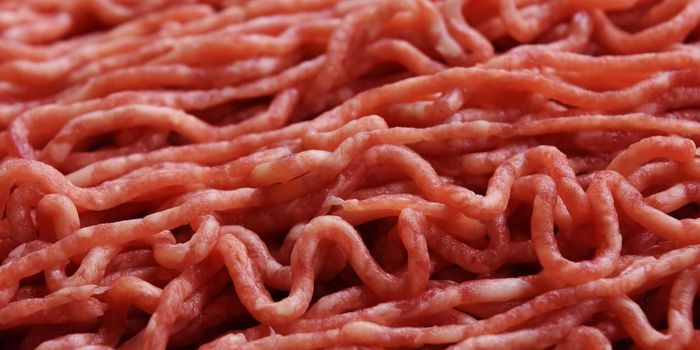Colorful Vegetables May Prevent Diabetes
New research published in the Journal of Agricultural and Food Chemistry has shown that anthocyanins appear to have antidiabetic attributes due to their positive effects on inflammation, metabolism, and the gut microbiota. Anthocyanins are the red, orange, blue, and purple pigments found in fruits, vegetables, and tubers.
The review article showed that acylated anthocyanins have probiotic and antioxidative properties that may reduce the risk of developing type 2 diabetes compared to other dietary nutrients. In particular, acylated anthocyanins can improve the intestinal barrier for better nutrient absorption, promote gut microbiota stability, suppress inflammation, and modulate metabolism. Acylated anthocyanins can be found in many plant foods, including purple potatoes, purple sweet potatoes, purple carrots, red cabbage, and radishes.
In addition to their positive impact on type 2 diabetes, anthocyanins have been previously linked to positive effects on brain health, may lower inflammation, and may help fight cancer and heart disease.
Consumption of anthocyanins appears to reduce the risk of developing type 2 diabetes, and diabetes has a strong connection to heart disease risk; those with diabetes are two times more likely to have heart disease or a stroke than those who do not have diabetes. Management of diabetes and heart disease have much in common, and recommendations include eating a healthy diet, exercising regularly, managing weight and stress, and not smoking. Dietary recommendations for both diabetes and heart disease include a diet centered on vegetables, whole grains, and fruits. The addition of purple vegetables and tubers containing anthocyanins may further reduce the risk of developing diabetes and therefore aid in overall heart health.
Sources: Journal of Agricultural and Food Chemistry, Science Daily, CDC, AARP








